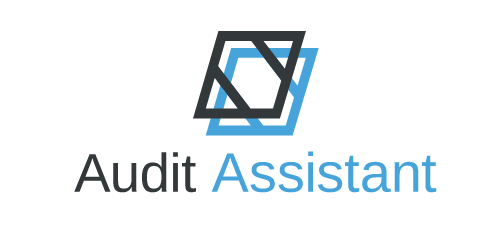Update (Aug 2025): Societies must re-register under the Incorporated Societies Act 2022 by 5 April 2026. This article explains the financial reporting changes involved – including what Tier 3 means in practice.
If you are a small to medium-sized charity or incorporated society now is a good time to select which accounting standards for not-for-profit (NFP) reporting requirements may be right for your organisation. This is because these thresholds have recently changed and there is an opportunity for some Tier 2 organisations to move to more simplified Tier 3 financial reporting. The New Zealand External Reporting Board (XRB) recently set out new criteria for the threshold size of some reporting Tiers.
The new thresholds are set out in the table below:
| Tier | Old criteria | New Criteria |
|---|---|---|
| Tier 1* | Total expenses greater than $30 million | Total expenses greater than $33 million |
| Tier 2 | Total expenses less than $30 million | Total expenses less than $33 million |
| Tier 3 | Total expenses less than $2 million | Total expenses less than $5 million |
| Tier 4 | Total operating payments $140,000 | No Change |
When the changes will begin
The changes came into effect for reporting periods ending on or after 28 March 2024.
This means registered charities with financial years ending on or after 31 March 2024 can apply the new thresholds immediately.
These changes also impact Incorporated Societies under the new Incorporated Societies rules introduced in 2022 and you can learn more about this from XRB’s website.
The four key distinctions between Tier 2 and Tier 3 reporting
In the context of New Zealand’s Public Benefit Entity (PBE) framework, the differences between Tier 2 and Tier 3 primarily relate to compliance requirements and financial reporting standards. To help your organisation best choose how to select the correct reporting Tier, our audit experts share the four key distinctions below:
Here are the key distinctions:
- Reporting standards
- Tier 2 PBE requires compliance with reduced disclosure requirements based 43 PBE RDR “Public Benefit Entities Reduced Disclosure Regime”. This involves a more comprehensive set of accounting policies and disclosures, even though it’s called ‘reduced disclosure regime’.
- Tier 3 PBE uses a simplified Tier 3 (NFP) reporting framework. This tier has fewer disclosure requirements, making it easier for smaller entities to comply.
- Complexity of financial statements
- Tier 2 – Financial statements are generally more complex, requiring detailed notes, disclosures, and compliance with specific accounting standards.
- Tier 3 – Financial statements are simpler and may not require extensive notes or detailed disclosures. This is designed to reduce the burden on smaller organisations.
- The differences are largely around revenue recognition model, revenue disclosures, leases accounting, impairment methodology and assets revaluations, related parties’ disclosure, fixing prior year period errors and the preparation of a Statement of Service Performance.
- Audit requirements and audit costs
- While the auditors still must comply to the same International Accounting Standards, the complexity of the audit is less with Tier 3 PBE, which means the audit fees are normally lower.
- Public accountability
- Tier 2 generally involves a higher level of public accountability, with detailed reports available to stakeholders and the public.
- Tier 3 — while still accountable, the reporting is often more streamlined, and entities may have fewer obligations to disclose detailed financial information.
So what happens if I was a Tier 2 entity and now qualify as a Tier 3 entity?
The best place to start is the Tier 3 (NFP) Standard (which addresses the transition from any tier to Tier 3). Specifically, guidance is provided on an entity transitioning from Tier 2 to Tier 3. One option simply allows for no changes to the comparative (last year’s) information.
This makes sense as Tier 2 information is far more comprehensive than Tier 3.
Upon transitioning to Tier 3 there may be some changes in accounting policies resulting from adopting the simpler standard which will need to be shown (and sometimes quantified) in the performance report.
Like any general commentary, the devil can be in the detail and therefore if you are considering transitioning from Tier 2 to Tier 3, you are best to make an assessment on the reporting implications of the change both in terms of disclosures and financial impact. Quite possibly there may be upfront costs for future longer-term benefits, or you may be anticipating growth which will take you over the threshold in the future.
Summary
The main compliance differences between NZ PBE Tier 2 and Tier 3 are in the complexity of:
- Reporting
- Audit requirements
- Performance metrics
- Overall regulatory burden.
Tier 2 is designed for larger, more complex entities and Groups. Tier 3 caters to smaller organisations, giving them a more accessible framework for financial reporting and compliance.
While there is some upfront cost with the transitioning between the Tiers, the simplified Tier 3 is more suitable for small and medium charities, whose focus is to serve the public but not create sophisticated reports.
If you are considering transitioning to Tier 3 from Tier 2, you should consider making an assessment of the impact to your performance report both in terms of disclosures, but also in respect to any possibly change in the financial results of reported in your performance report.




